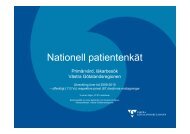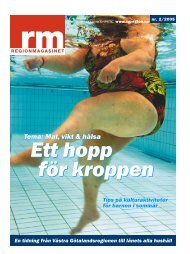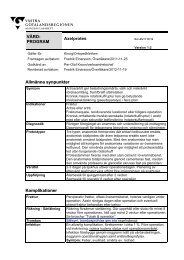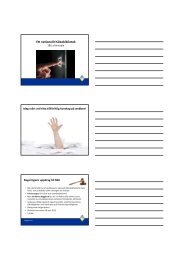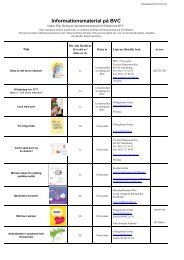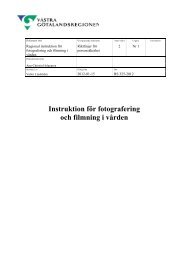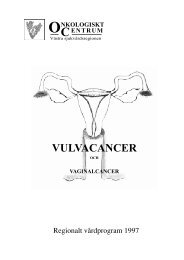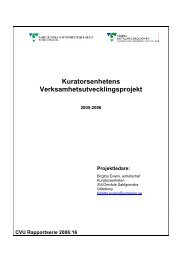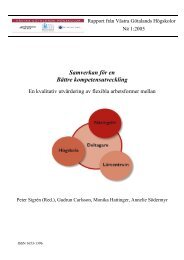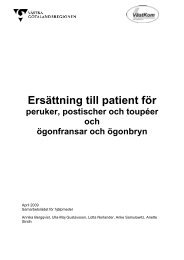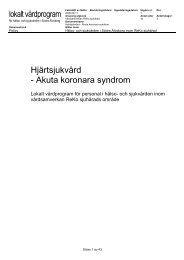FOURTEENTH ANNUAL EUROPEAN PRESSURE ULCER ...
FOURTEENTH ANNUAL EUROPEAN PRESSURE ULCER ...
FOURTEENTH ANNUAL EUROPEAN PRESSURE ULCER ...
Create successful ePaper yourself
Turn your PDF publications into a flip-book with our unique Google optimized e-Paper software.
Thursday September 1st<br />
Hill Rom Workshop:<br />
Developments in Microclimate Management<br />
Dr. Roland de Roche, MD<br />
Charlie Lachenbruch, PhD, Hill-Rom<br />
The initial part of this two-part workshop will focus on new developments in microclimate management<br />
(MCM), what microclimate management surfaces are intended to do, and how surface performance is<br />
assessed. In part two, Dr. de Roche will discuss appropriate uses of MCM surfaces in specific clinical<br />
situations.<br />
Part 1<br />
Microclimate management products are estimated to account for approximately 1/6 of hospital beds in the<br />
US. 1 This is primarily due to the increasing appreciation of the effects of the skin’s microclimate in pressure<br />
ulcer development and healing. Microclimate management consists of maintaining the temperature and<br />
humidity of the skin / support surface interface in optimal ranges. Increased temperature has been shown<br />
to increase the metabolic rate of the tissue 2 and increase the risk of ischemic breakdown for a given load. 3<br />
When the skin is warmed beyond its perspiration threshold, local sweating is also stimulated and the<br />
accumulation of moisture reduces the skin’s tensile strength and increases friction with adjacent materials.<br />
Excessively cool temperatures cause patients to be uncomfortable and may cause vasoconstriction,<br />
negating any metabolic benefit.<br />
Products manage the microclimate through their ability to combat the accumulation of heat and humidity at<br />
the skin surface. Methods of reliably assessing performance are currently being validated by the NPUAP’s<br />
Support Surface Standard’s Initiative. 4 The intent of this presentation will be to discuss the issues that must<br />
be considered in determining appropriate ranges of MCM product performance.<br />
Part II<br />
Excess moisture has been identified as a common risk for pressure ulcer development in Braden, Norton,<br />
and Waterlow pressure ulcer risk scores. For specific patient types, moisture management is critical<br />
to achieve successful clinical outcomes. The discussion will address specific patient characteristics<br />
and situations that require adequate moisture management, and will speak to the clinical application of<br />
Microclimate Management surfaces.<br />
References<br />
1. Lachenbruch C, VanGilder C, Janoff K. High Pressure Ulcer Risk Patients and Specialty Surface<br />
Utilization: Data from the 2010 International Pressure Ulcer Prevalence Survey.Poster presentation at<br />
Symposium on Advanced Wound Care (SAWC) Dallas, TX April 14-17, 2011.<br />
2. Ruch RC, Patton HD, eds. Physiology and Biophysics, 19th ed. Philadelphia, Pa.: WB<br />
Saunders;1965:1030–1049.<br />
3. Kokate JY, Leland KJ, Held AM, et al. Temperature-modulated pressure ulcers: a porcine model. Arch<br />
Phys Med Rehabil. 1995:76:666–673.<br />
4. Support Surface Standards Committee (S3I). Minutes of NPUAP’s S3I committee meeting in Las Vegas,<br />
NV, February 2011.<br />
58



